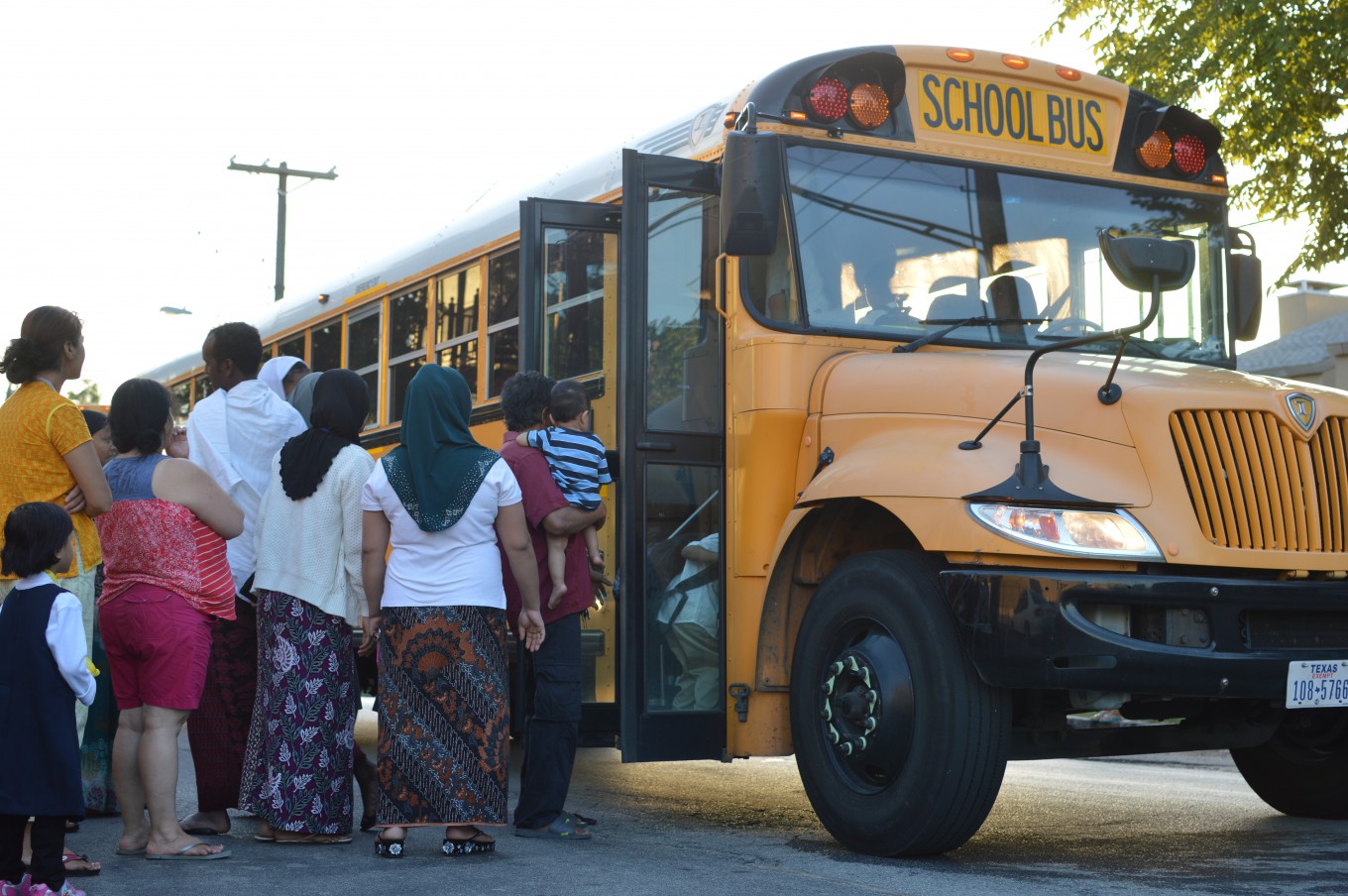 Kids and parents in Vickery Meadow in Dallas get ready for the first day of school. Photo/Christina Ulsh
Kids and parents in Vickery Meadow in Dallas get ready for the first day of school. Photo/Christina Ulsh
How Schools Can Help Immigrant Students
Julian Vasquez Heilig has spent years studying how schools educate immigrants. He’s a professor at California State University, Sacramento. He previously worked at the University of Texas at Austin. He shares his thoughts on what can be done to help immigrant students, high-stakes testing, and a possible breakthrough in North Texas.
Most statistics show that one in three children has a parent who’s an immigrant – or they’re immigrants themselves. How has this changed education?
Julian Vasquez Heilig: Our nation was really built on immigration. Of course, the immigrants in schools nowadays are primarily from Spanish-speaking countries, but Texas and the nation have been dealing with immigration for many, many years and the challenge that comes with educating students who are new to the country. I think it’s important for us to first understand that.
But we also have a history in our nation of being welcoming and less welcoming to students of different kinds. So I think it’s important for us to think about what are the approaches that are most effective for these students.
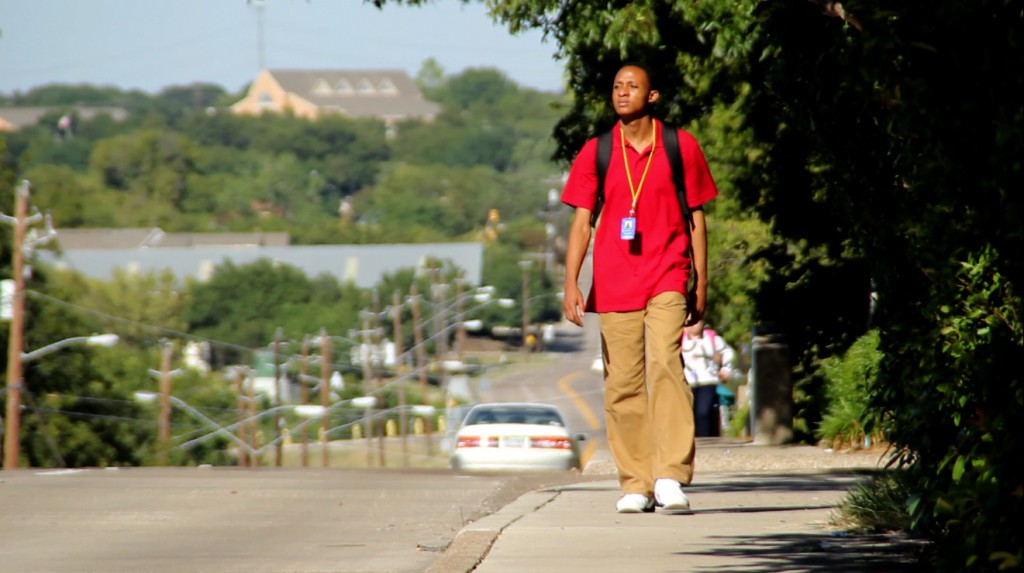
David Kapuku, one of the students featured in “Generation One,” the KERA American Graduate series, moved from the Democratic Republic of Congo to Dallas. He attends Conrad High School in the Dallas Independent School District. Photo/Mark Birnbaum
You’ve studied the test scores of immigrant students who, for the most part, are classified as English language learners. What do those scores show?
Julian Vasquez Heilig: English language learners, as a disaggregated group, within test scores, are the lowest performing in most areas across the board – across grades, across subject areas. We clearly know that serving this population is a challenge for our society.
So how is it that we can change schools to meet the needs of these students rather than vice versa? Are high-stakes tests the best way to educate children? That’s a question that we shouldn’t just ask for English language learners, but we should also be asking for all children in Texas schools and across the nation.
If high-stakes testing is not the answer, then what’s the alternative?
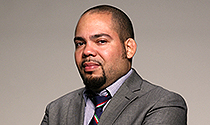
Julian Vasquez Heilig is a professor at California State University, Sacramento. He studies how schools educate immigrants. Courtesy photo
Julian Vasquez Heilig: The old paradigm of educational policy and educational reform was what we call the top-down approach. Well, now there’s a whole new set of reforms that are in the public conversation. We call these bottom-up reforms or community-based reforms. One school district — for example, here in California — the ultimate goal of the school, the crowning achievement, is completing four collaborative projects in the core subjects – math, reading, science, etc.
No one shows up to a job in these times and their job is measured by a bubble test. People are judged by their work collaboratively and their work on completing projects.
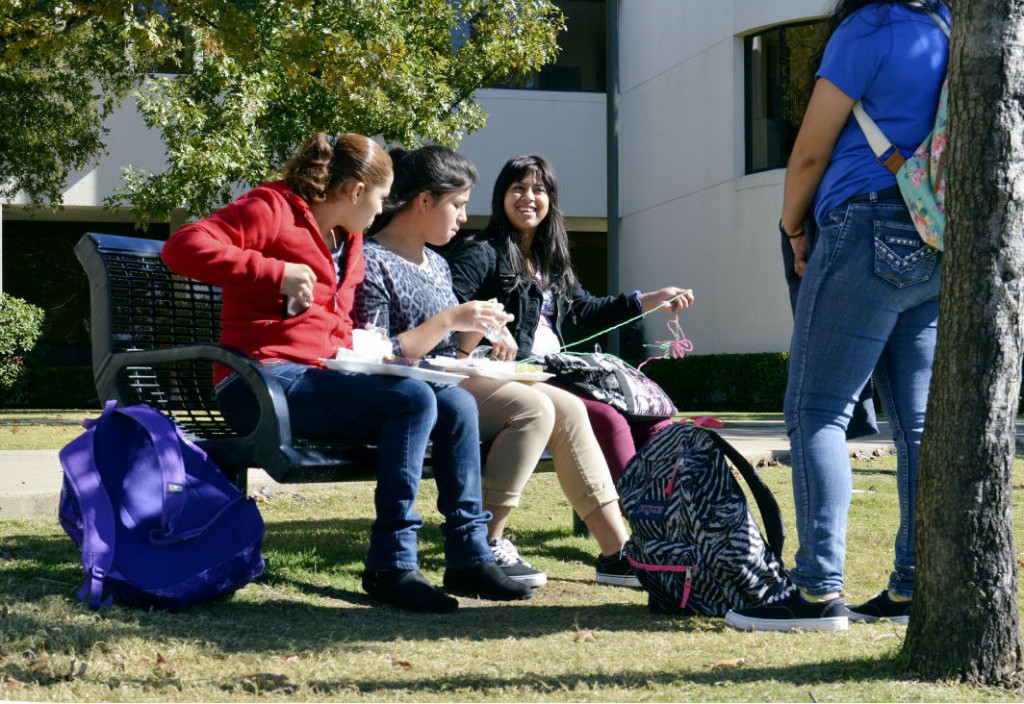
Dilcia M Asencio Mazariegos, center, holds string and takes a break with friends outside Plano East Senior High. Dilcia, one of the students featured in “Generation One,” escaped a violent home life in Guatemala for a fresh start in North Texas. Photo/Christina Ulsh
What do you think needs to change to improve or help these students?
Julian Vasquez Heilig: We did some recent research in Texas that shows that immigrant students, English language learner students, are what we call triple-segregated. Not only are students segregated by income levels, but they’re also segregated by race and schools that serve ELLs are serving large majorities of English language learner students.
We have very serious issues because we know these highly segregated schools are most likely to have teachers that are uncertified and underprepared to teach. They have lower per-pupil spending compared to schools just across town.
But one of the interesting bright spots on this issue is in Fort Worth. There’s a newcomer school [the International Newcomer Academy] where Fort Worth sends some of their best teachers to newly-arriving students from a variety of countries around the world. I recently visited this school, and I was sitting at one of the tables and there were dictionaries – nine different dictionaries in nine different languages – stacked in the middle of the table.
And there was project work going on. They were not sitting around test-prepping for the STAAR test. And so this is an example of a district setting aside resources to directly address the challenges and the special unique needs of students who are newly-arriving and their challenges with traditional curriculum and pedagogy and learning the language.
I think there are some bright spots out there.
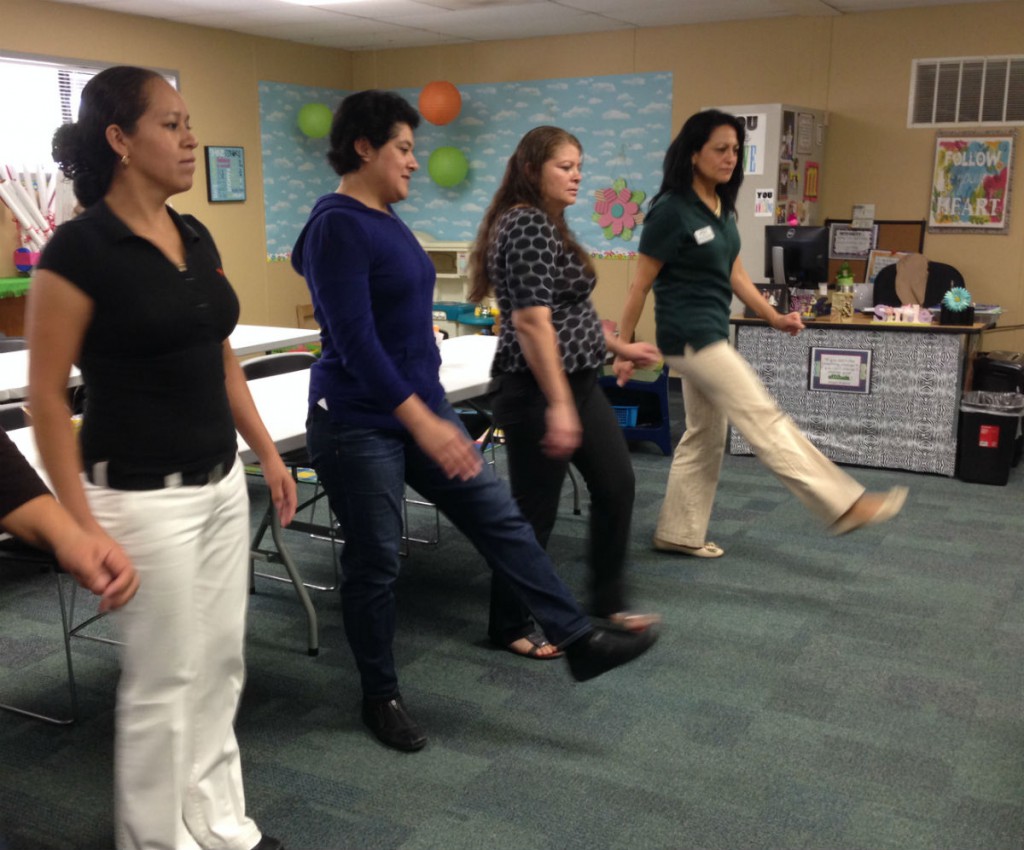
Mily Echegaray, right, leads parents in an exercise at the Grapevine-Colleyville school district’s Language Assessment Center. The district uses the center to reach out to immigrant families by teaching parents about healthy cooking and exercise. Photo/Stella M. Chávez
What are some other issues that educators should be aware of when teaching immigrant students? What about parents?
Julian Vasquez Heilig: One of the challenges is that there’s a lot of information that immigrant parents and ELLs (English language learners) do not have access to to understand how schools function.
For example, when I talk to different groups about this, I ask: “How many of your parents could read your report card?”
Most folks who have attended college, they have parents who could read their report cards. But [for] a lot of English language learners, their parents can’t read report cards. So there’s a set of information that schools have to impart to students so that they understand how to “do school.”
I visited a high school in Texas [in the Rio Grande Valley] and the way they dealt with this is they assigned two counselors to address the different needs of English language learners at the different grade levels – ninth grade, 10th grade, 11th grade, etc. And they would provide seminars (for parents) different days of the week, different times.
This is important because a lot of times you’ll hear from school folks and community folks that the parents of ELL students, of immigrant students, just don’t care. But the challenge is these parents have two jobs, three jobs, which makes it challenging to be involved in school in the “traditional context.” We have to change schools to meet the needs of these parents rather than trying to change the parents’ lives to meet the needs of the school, and get the right information to parents.
We call this “confianza,” which is the trust that ELLs have and their parents have in schools. In many Latin American countries, especially more rural areas, the teachers are often some of the most educated in the community, so the parents and the students look up to them — the maestras, the maestros (teachers).
The issue is when they bring that approach to the United States, sometimes that trust – the confianza – can be misplaced, because if ELLs don’t pass those exams and they don’t graduate from high school, then often in the end the parents are like, “Mijo or Mija, you did not graduate,” and they didn’t know ahead of time what was down the road in terms of how the policy system was structured.
So it’s important for us not to abuse that trust that these parents have in the school to do their job. We need to make sure that we get the information to these students and their parents, so they understand how to be successful in this complex educational policy environment we have in Texas and across the U.S.
Learn more
Learn more about Julian Vasquez Heilig on his about.me page.
Read his bio while he was at the University of Texas at Austin.
Follow him on Twitter.

